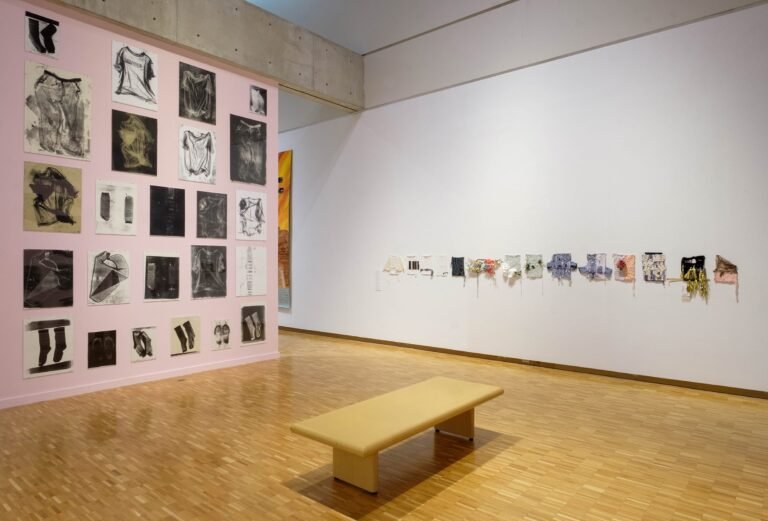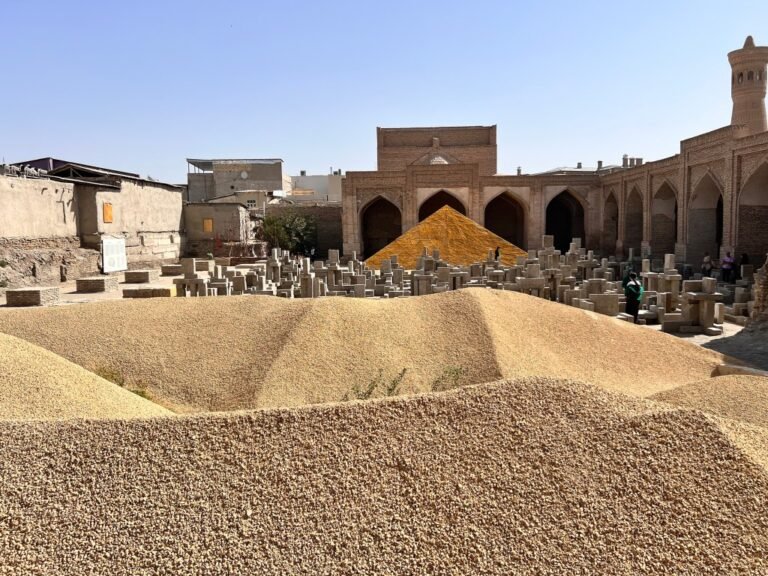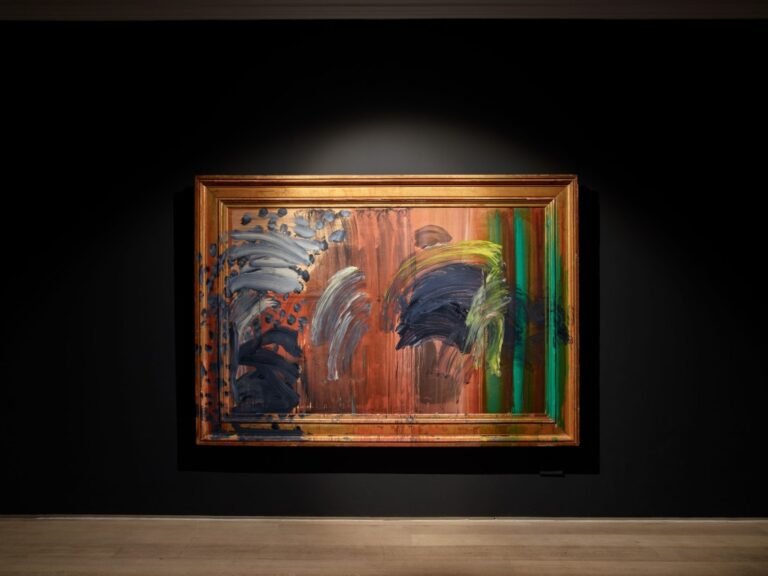

A man was sentenced to six months in prison for trafficking nearly 600 Egyptian antiquities through John F. Kennedy International Airport (JFK), including a relief with a Ptolemaic-era cartouche, a complete gold funerary amulet set, and wooden sculptures dating back to approximately 1900 BCE, federal prosecutors announced last week.

Ashraf Omar Eldarir, a 52-year-old Brooklyn resident, pleaded guilty to four counts of smuggling earlier this year, according to the United States Attorney’s Office for the Eastern District of New York. On each occasion, he used fake provenances to conceal the trafficked artifacts’ illicit history and subsequently sell the objects to multiple prominent US-based auction houses.
A licensed physician in Egypt, Eldarir was first arrested in January 2020 for attempting to smuggle 590 bubble-wrapped rare artifacts through Customs and Border Protection (CBP) at JFK. Upon searching his luggage, customs officers noted that the suitcases were filled with “loose sand or dirt” and some of the objects “smelled of wet earth” — tell-tale signs of recent illicit excavation, according to court filings.
The lot, which included a large Egyptian stone face, a pair of Osiris headpieces, and a Greco-Roman terracotta headless torso, was later appraised at $82,000, the court papers say.
“When asked about the various pieces of stone, wood, and ceramic pieces, Eldarir stated that they were items to decorate his two-bedroom apartment,” a February 2020 court filing read.
Authorities also found materials Eldarir allegedly used to falsify the objects’ provenance, including “decades-old” Egyptian watermarked stationery and loose stamps and multiple doctored “old-looking photographs purporting to depict an ancestor of the defendant displaying several of the artifacts in his office from long ago,” an August 2025 court filing read.


Art crime professor and Hyperallergic contributor Erin L. Thompson commented that antiquities smugglers have been implementing fraudulent provenance schemes “ever since museums and auction houses began to ask for provenance information.”
“The question is why the people who are supposed to check this paperwork are fooled over and over again by these obvious forgeries,” Thompson said, pointing to another high-profile case in which the Metropolitan Museum of Art acquired a looted ancient gilded coffin for approximately $4 million.
“The answer is that they want to be fooled,” Thompson said.

Investigators were ultimately able to untangle Eldarir’s smuggling web using geotagged and timestamped photographic evidence in his cell phone. They also consulted with an Egyptologist at the British Museum, which holds its own collection of contested objects, to determine that his illicit antiquities dealings dated back as far as approximately December 2011 and spanned more than 500 Egyptian relics. Auction houses offered many of these items, said the August 2025 court filing, “similarly (and fraudulently) purporting to reflect that they came from the same pre-1948 family collection of Egyptian antiquities,” before it became illegal to remove Egyptian antiquities.
“Auction houses and dealers would have many fewer antiquities to sell if they spotted all the fake artifacts and fake paperwork they’re offered — it’s in their financial interest to be fooled,” Thompson said. “This allows them to blame the smuggler when they’re caught.”




